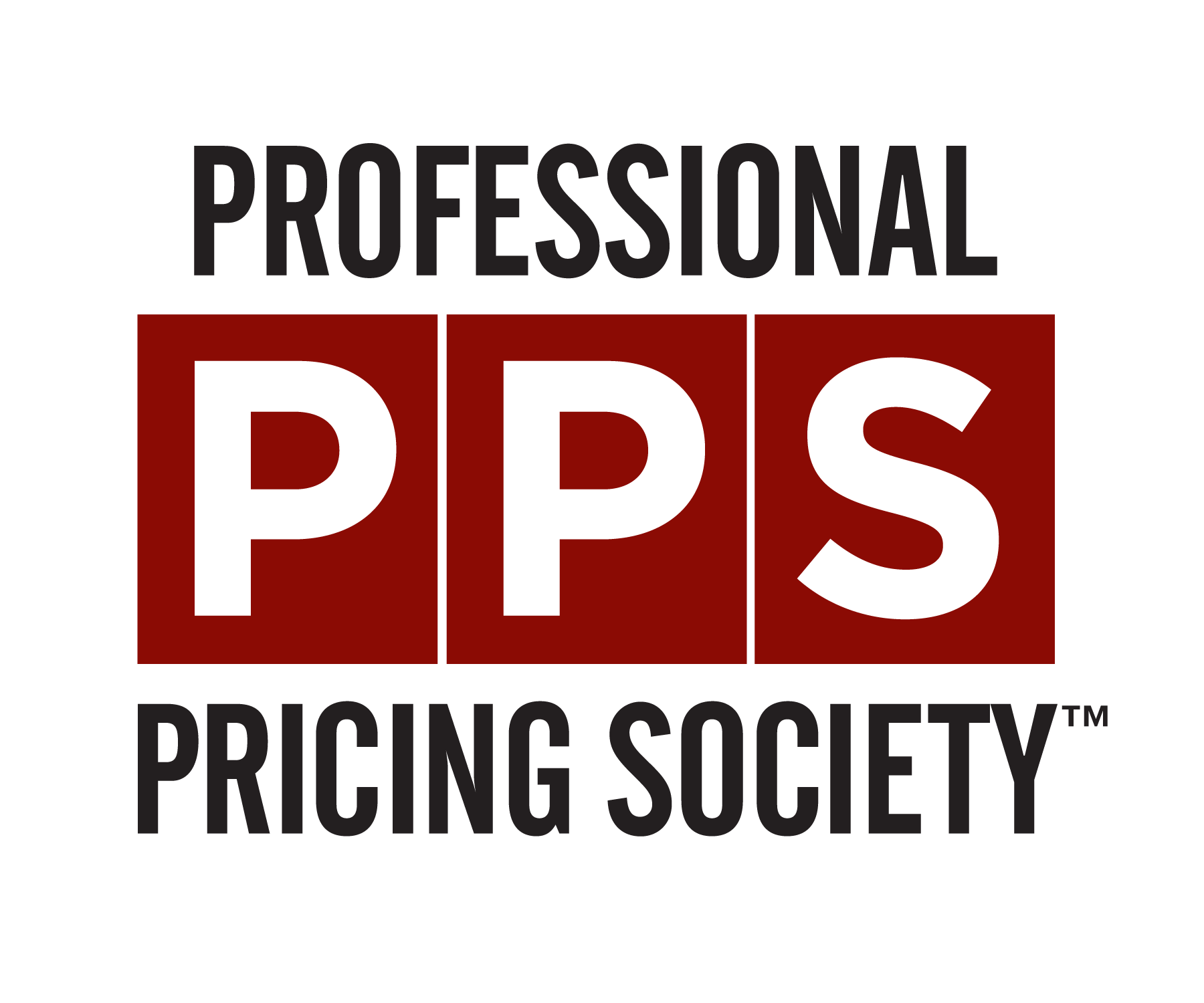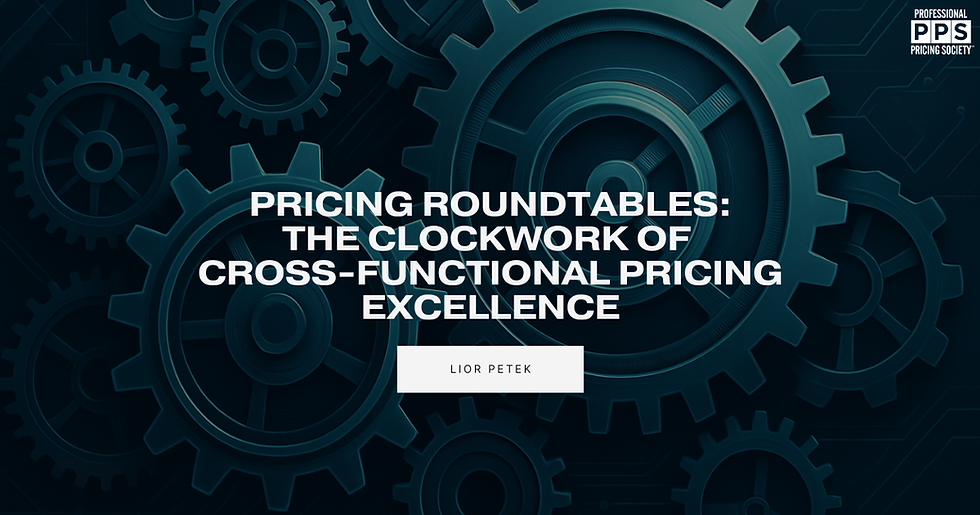Harnessing Big Data For Better Pricing Results
- Meagan Ford
- Aug 6, 2017
- 3 min read
Pricing strategies, like big data, can be key to improving profits in business. According to a study conducted by McKinsey & Company, even a 1 percent price increase can translate into an 8.7 percent boost in operating profits (assuming no loss of volume). However, companies continue to fail to price their products and services appropriately, and as a result, take a hit to their bottom line. Watching companies lose revenue in this manner is particularly troubling considering the flood of data now available to assist businesses large and small. For those able to simplify big data's complexity, the reward is substantial. Now we're not suggesting leveraging artificial intelligence is easy. In fact, the explosion of digital customer touch points has made it quite challenging for companies operating in a range of industries to keep their price points on pace. However, by failing to uncover and act on the opportunities big data presents, many businesses are leaving millions in profit on the table. Want to know the secret to increasing your organization's profit margins? Harness big data to find the best price for your products and services. Is your business overwhelmed by big data? For example, if your company is comparable to Amazon, you have thousands of products to competitively price. As the company's pricing professional, it is your responsibility to help determine the optimal price a customer is willing to pay for those products. Maybe you've considered leveraging big data to gain insight into customer behaviors and market trends, but sifting through such a significant amount of data is overwhelming. Therefore, you continue using manual price-setting methods. We have all used manual pricing processes, but the problem is that these methods are tedious, time-consuming, and at times ineffective when compared to the robust analyses and lucrative cross-selling opportunities you can uncover with big data. With artificial intelligence, you can determine a consumer's specific needs, the value they place on particular products and use that information to equip sales representatives to close more deals. 3 Steps To Turn Big Data Into Profits If you're a part of a company that has massive product numbers, then getting comfortable with big data is critical. These three steps can help you get started. 1. Listen To The Data - With artificial intelligence you can analyze a consumer's purchases, predict their future buying decisions and use the data to price your product higher based on value consumption. By listening to the data, you can also analyze buying behaviors to determine the willingness of your consumers to pay X price for a particular product or service. 2. Embrace Automation - Analyzing price points for thousands of products is too expensive and time-consuming. By using automated systems, you can explore narrow customer segments, determine what drives value for each one and match your findings with historical transactional data. With automation, you can also replicate and tweak data analyses, so you're not starting from square one every time. 3. Collaborate and Communicate Regularly - Setting new prices is as much a communications issue as an operational one. It's important that your pricing team works with sales representatives to explain the reason behind price recommendations and to show them how you leverage a particular price. By doing so, your sales representatives will trust the prices enough to sell them to consumers. Equally important is developing clear communications plan to provide a pricing rationale that highlights product valued and then tailoring those arguments to the customer. Bottom line: to get the price right, we suggest helping your organization explore the advantages of big data to avoid suffering the high cost of lost profits. To learn exclusive tips on ways to prevent your organization from leaving millions of lost profits on the table, click the link below to learn about our Virtual University just for CPP Alumni!
Interested in learning more about our CPP Designation program?
Click the link below!




